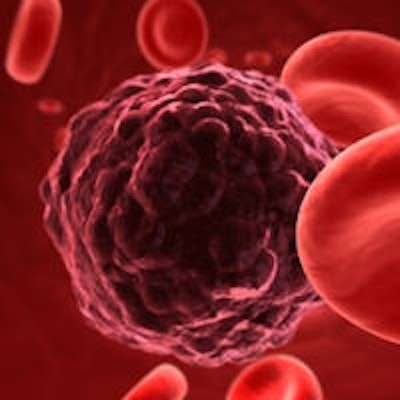
LED Medical Diagnostics has signed an agreement with the BC Cancer Agency to form a collaborative relationship with Genome British Columbia (Genome BC) to create and commercialize a progression risk assessment test for oral cancer.
The test, which is the first genetic test for oral cancer, is based on a quantifiable genetic phenomenon known as "loss of heterozygosity" (LOH), the most common molecular genetic alteration observed in human cancers.
LOH refers to genetic information that shows if a cell has developed into an abnormal state (dysplasia) and predicts what the outcome of the dysplasia will be, LED Medical Diagnostics' founder and director, Peter Whitehead, explained in an interview with DrBicuspid.com.
"The test will show whether or not the dysplasia is going to turn into something you need to remove immediately or something you need to be concerned about and just watch," he said.
“The test will show whether or not the dysplasia is going to turn into something you need to remove immediately or ... just watch.”
director, LED Medical Diagnostics
The test will use the same technology that screened and diagnosed actress Angelina Jolie's breast cancer risk, Whitehead noted.
"She had a hereditary high-risk gene, and the lump in her breast had lots of heterozygosity. They removed her breast based on the fact that the LOH in that tumor was high-risk," Whitehead said. "LOH has been around for a while, but no one has translated it from lab bench to a clinical test."
When a patient is diagnosed with moderate dysplasia, they usually must see a specialist every six months for five years because there's a chance the dysplasia will develop into cancer, he said.
"We've found that locus or genome in that dysplasia to predict what it will turn into so you don't have to bring a patient back every six months to reassess them," Whitehead explained. "You can tell them right there that they have a lesion that's either going to kill them or it's not going to do anything. Our goal is to give the medical community more definitive insight into what they should do with that patient."
The effort is based on a 10-year research project by the BC Cancer Agency that found high specificity and sensitivity to the diagnostic test. The study showed clinical data to prove the long-term efficacy of the test, Whitehead said.
The project is funded by the Genome BC Strategic Opportunities Fund, and is designed to leverage research funded by the U.S. National Institute of Health and the Terry Fox Research Institute.
"It basically triages precancer patients," Whitehead said. "Its modality as a minimally invasive in-office procedure potentially means that high-risk lesions can be diagnosed earlier."
Whitehead invented LED's VELscope, a noninvasive fluorescence device used by dental professionals to identify tissue abnormalities -- including cancerous and precancerous lesions -- in the oral cavity.
In addition to dentists, the test also could be used by family doctors, hygienists, or ear, nose, and throat specialists, Whitehead noted.
"I think the combination of using the VELscope and this genetic test will probably be two of the key things within 50 years to reduce morbidity and mortality in oral cancer," he predicted. "If we can help dentists find things early and then deal with them early, I think that's how you win the battle against oral cancer."



















